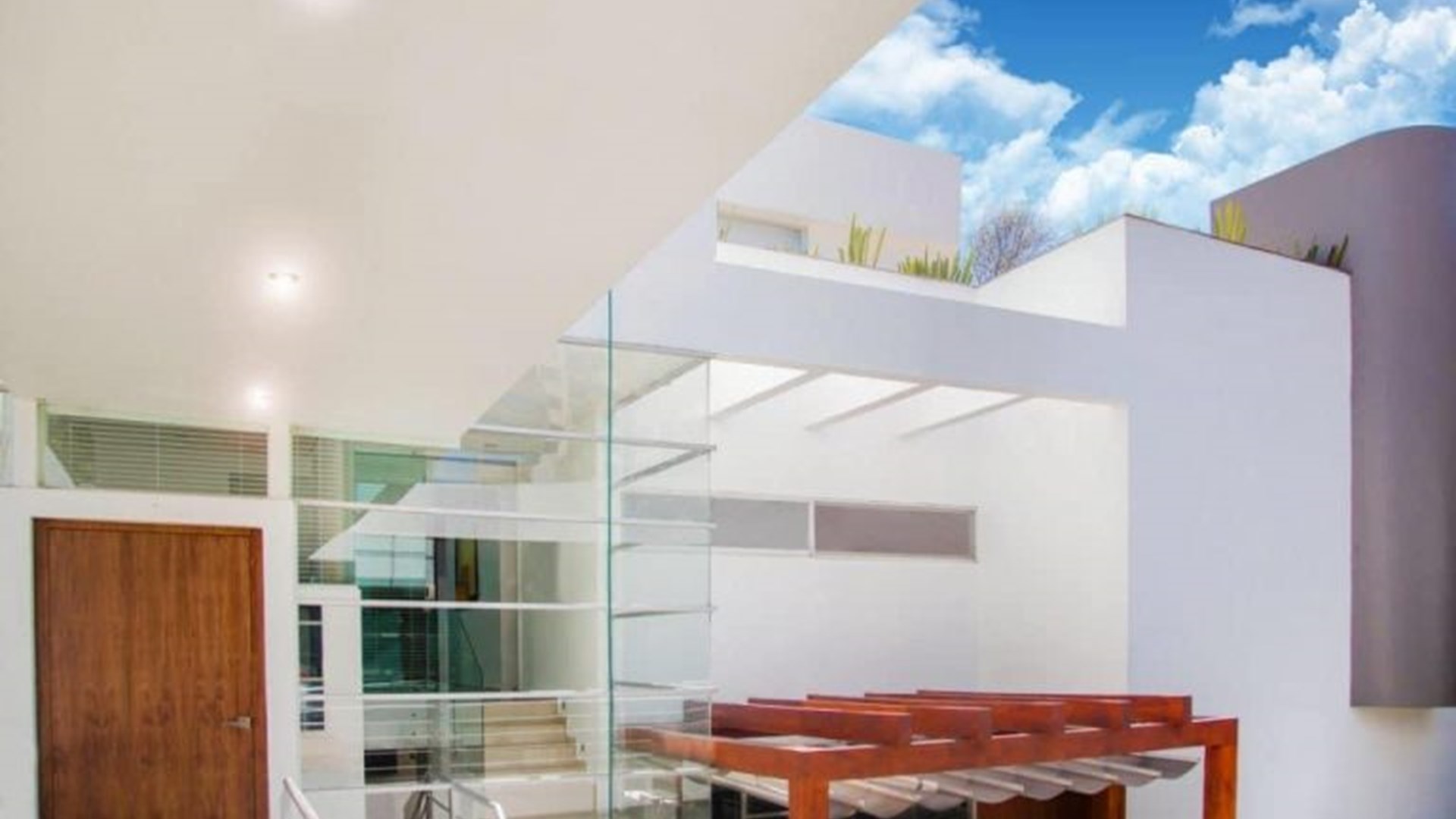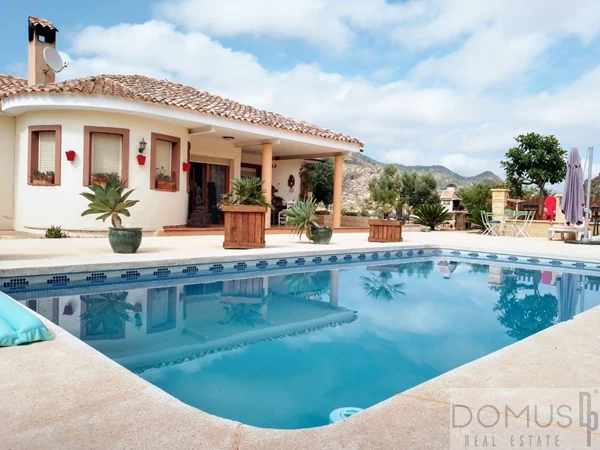Discover everything you need to know about this type of advantageous constructions, which today are increasingly protagonists in the Iberian Peninsula. Maybe you want a certified passive home, maybe you're looking for inspiration for a work you're just starting; Be that as it may, you will be interested in knowing more about these homes that have a philosophy that aims to live better and better.
A passive house, or Passivhaus, is a type of construction that seeks to use the resources of bioclimatic architecture and energy efficiency. These homes are a trend because they adapt to the current preferences of society: advantages for your health, the planet and your pocket, simultaneously. Although this term has existed for decades, Passivhaus houses fit perfectly into contemporary habits, which seek to align themselves more and more with a sustainable, modern and functional look.
Among other things, a passive house seeks to achieve temperature control to keep it ideal and, in addition, manage energy expenditure, which is usually very difficult in homes. We know that in our daily lives, the waste of energy is very difficult to contain. This type of construction is aimed at making an improvement in energy efficiency with the condition of not giving up our basic needs. Thus, passive houses are homes that seek to operate without needing energy inputs from the outside, then consuming the minimum amount of heating or air conditioning.
Passivhaus certification
"Passivhaus" is an energy certification standard that is granted on a voluntary basis for buildings that are new construction or rehabilitation. To obtain it, they must reduce 75% of the needs related to heating or cooling and the rest can be covered with renewable energies.
This standard seeks to generate the greatest comfort for users, a very good air quality for the interior and an energy consumption close to zero. Developed by the Passivhaus Institute in Darmstadt, Germany, Passivhaus houses have had great growth in recent years in our region. This is mainly due to the fact that due to their narrow design process and the exhaustive control on the site, they offer a really significant decrease in energy expenditure compared to a traditional construction.
Currently, passive houses are gaining a relevance that has more and more weight, since they align with current mentalities and channel the needs of consumers. But to understand its origins, we must go back to 1988 when two professors, Bo Adamson of Sweden and Wolfgang Feist of Germany, began to devise these structures, and coined the term Passivhaus to designate it. Since then, certifications have been issued from the Passivhaus Institut, following the same standardization system. In this, we find 3 certifications:
Passivhaus Classic: does not have renewable energy generation.
Passivhaus Plus: requires generating ≥60 kWh/m2·a of renewable energy.
Passivhaus Premium: you have to generate ≥120 kWh/m2·a.
Energy savings within passive households can be reduced by an average of 70-90% compared to so-called conventional homes. To achieve this, Passivhaus homes must comply with 5 basic principles.
5 principles of the Passivhaus.
Any standard passive house must comply with 5 basic principles, which allow you to save energy and take advantage of natural energy that we mentioned earlier. They are as follows:
A use of thermal bridges
Thermal bridges are recognized as those spaces and points where thermal insulation is lost. These give rise to so-called "cold spots"; where there is a considerable loss of energy, facilitating the creation of condensations.
By using the right thermal insulation, choosing the design, material and execution of exterior walls, the roof and the floor, passive houses are recognized by their absence of thermal bridges.
Complete thermal insulation
Compared to conventional houses, the Passivhaus can triple the thickness of the thermal insulation. Adequate thermal insulation is key in passive houses, so that heat loss is minimal (closely linked to the first principle, the absence of thermal bridges), making heating unnecessary and energy demand decreases by up to 90%.
Continuously renewed and controlled ventilation
The air quality in the Passivhaus is excellent, given the continuous and controlled renewal of the indoor air. Thanks to the presence of mechanical ventilation with heat recovery, which allows to take advantage of the air that enters the house (whether cold or hot), and reduce the loss of temperature, by expelling from the house the air already used, giving space to this renovation.
In this way, it significantly improves the quality of the air that can be breathed in a house, especially benefiting people who suffer from pollen allergies, who feel that filtered air greatly improves their exposure to allergen factors inside their home. This same system is what makes that, through the recuperator, the air that enters the house is filtered with dust.
Air tightness to outside air
To avoid unwanted air infiltrations, all the joints between the different materials of the house are sealed to cover possible spaces or fissures that may have occurred.
Thus, passive houses manage to take care of the air tightness, reducing energy losses. To check the tightness of the construction, the Blower Door test, a pressure test, is used.
High quality and performance in doors and windows
Closely related to the previous principle, since the tightness of the air can be affected by the presence of windows and doors. They are points of a house where temperature losses can occur. In passive houses, special attention should be paid not only to the location, but also to the placement of these elements, to ensure the desired energy efficiency.
From Passivhaus houses to Passivhaus buildings
Until now, the Passivhaus have been oriented mostly to single-family homes, but the usefulness of this type of construction is much greater, and that can be applicable to government complexes, educational centers and even hotels and offices thanks to its 5 basic principles. With its popularization, more and more with the houses that are being transformed into passive; little by little, the Passivhaus are becoming known among all kinds of constructions, and before we know it, we will enter the era of passive constructions.
If you are thinking about the possibility of living in a Passivhaus house, or you would just like to apply its principles in the house you are about to build or renovate, you should consult with experienced professionals who can follow step by step each of the aspects to consider to obtain these results.
From Manuel Torres Design, they are always on the lookout to combine the best of author design with the cutting edge of innovation. His passion is to carry out projects and services for both individuals and companies, always with a friendly treatment and eager to put into play all the possibilities of innovation to offer you the best result.


